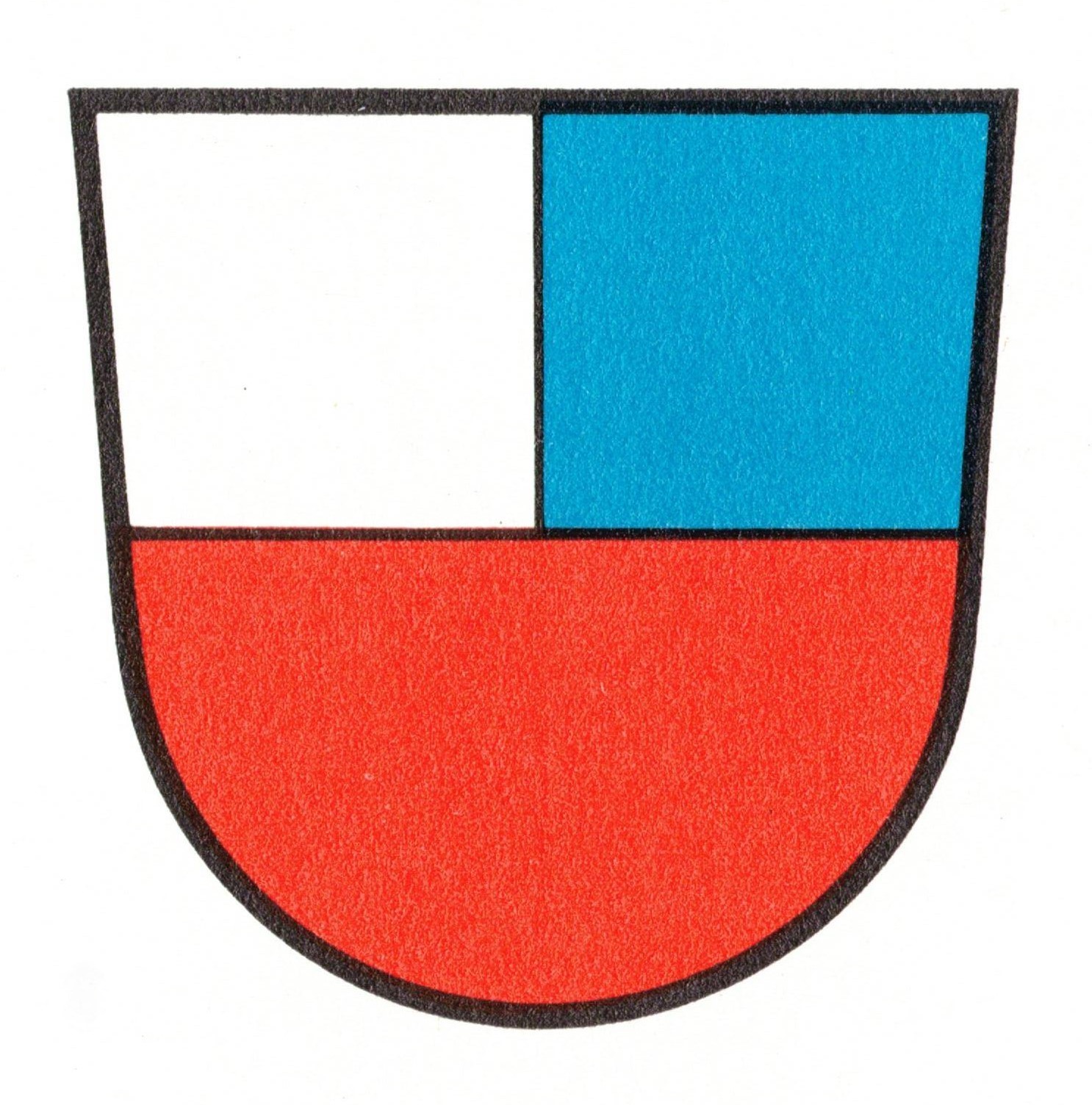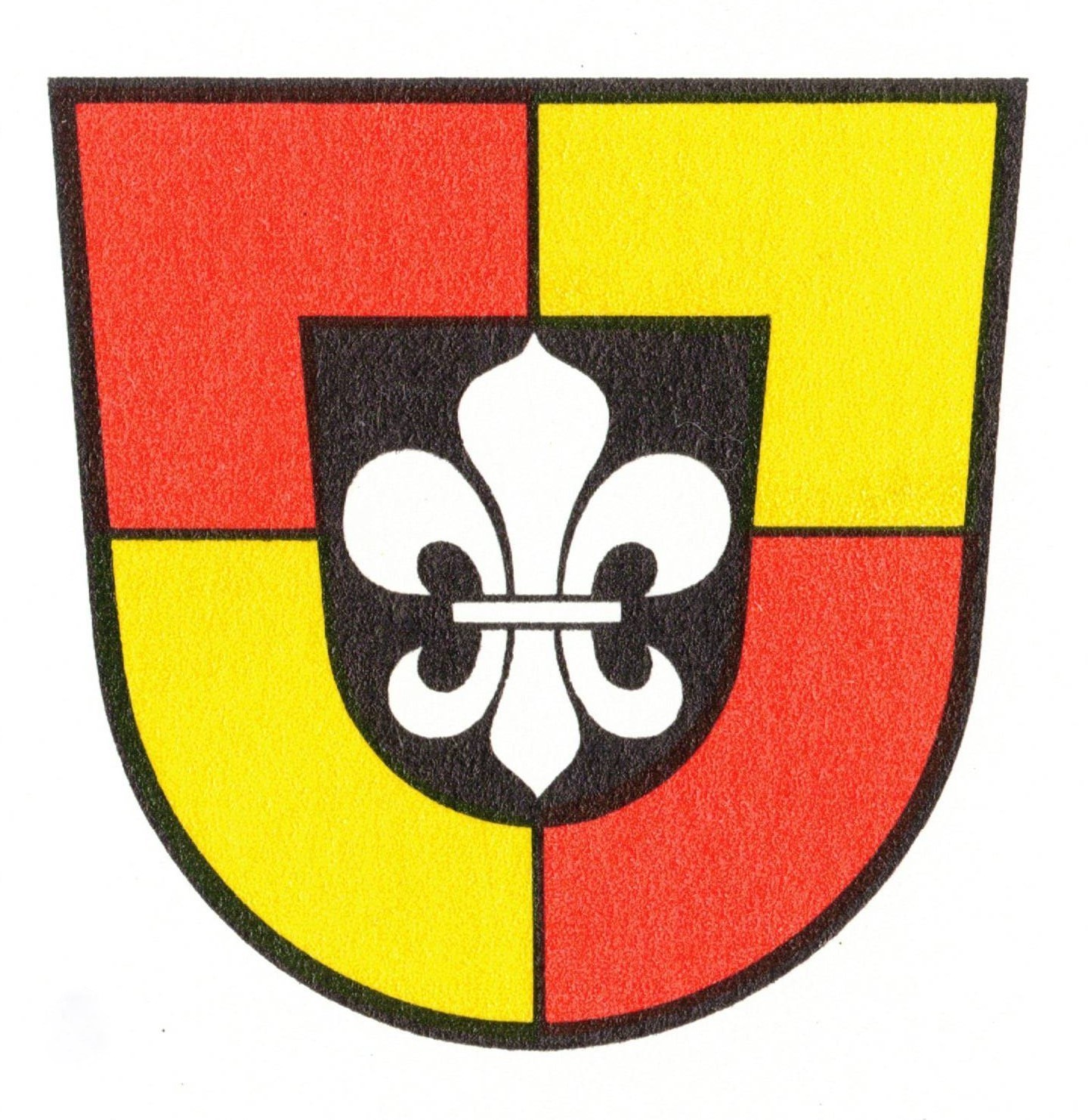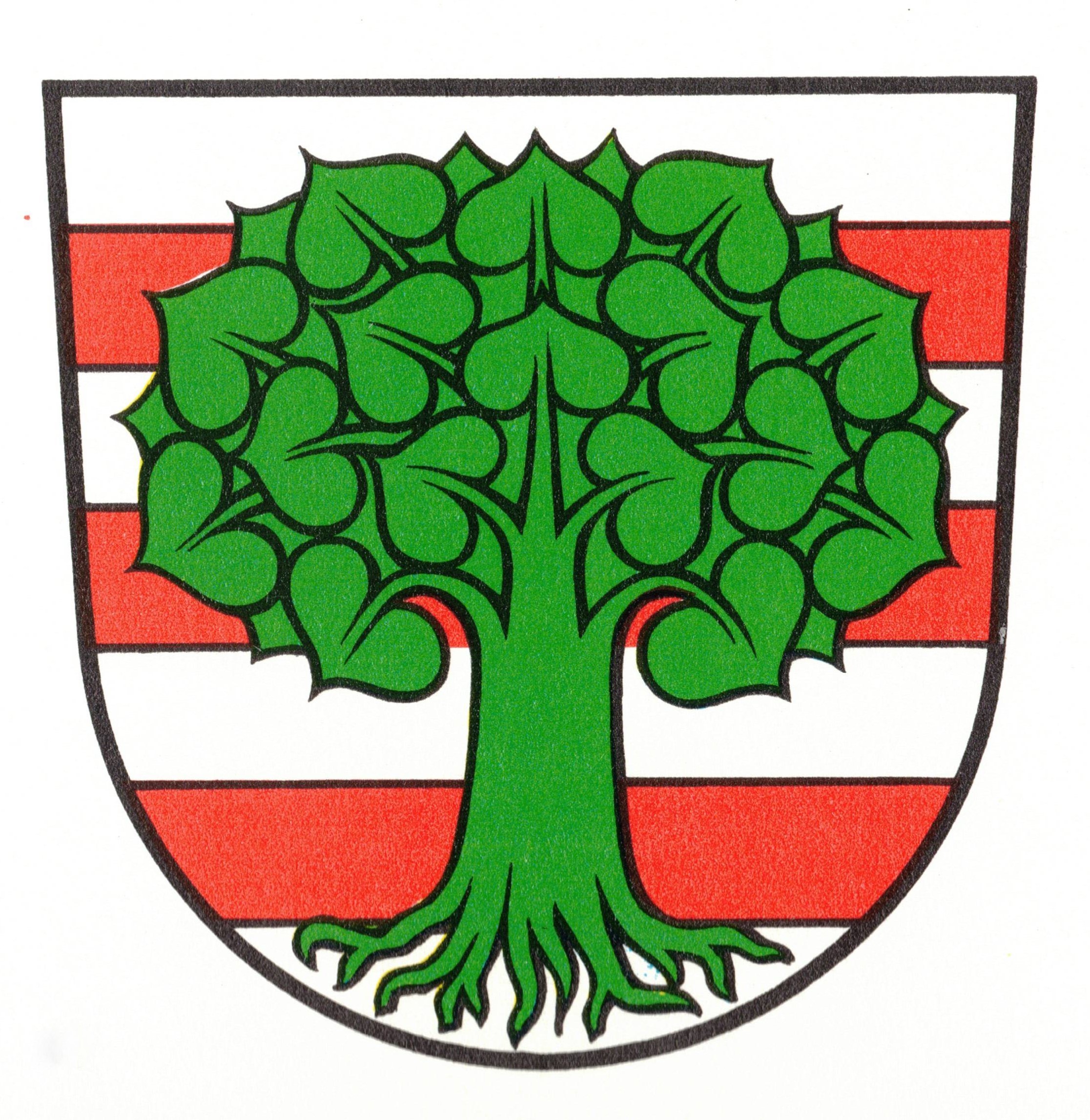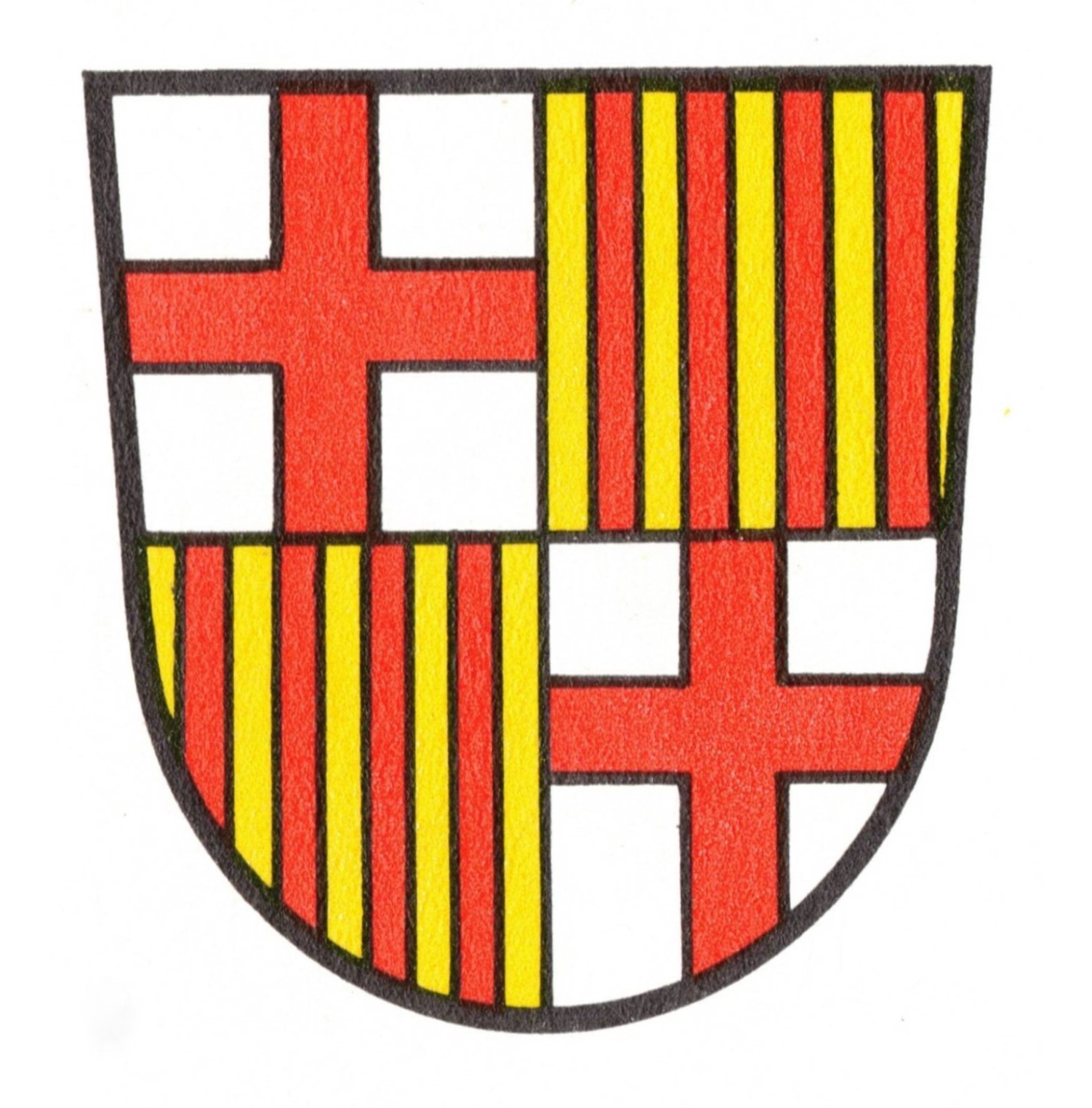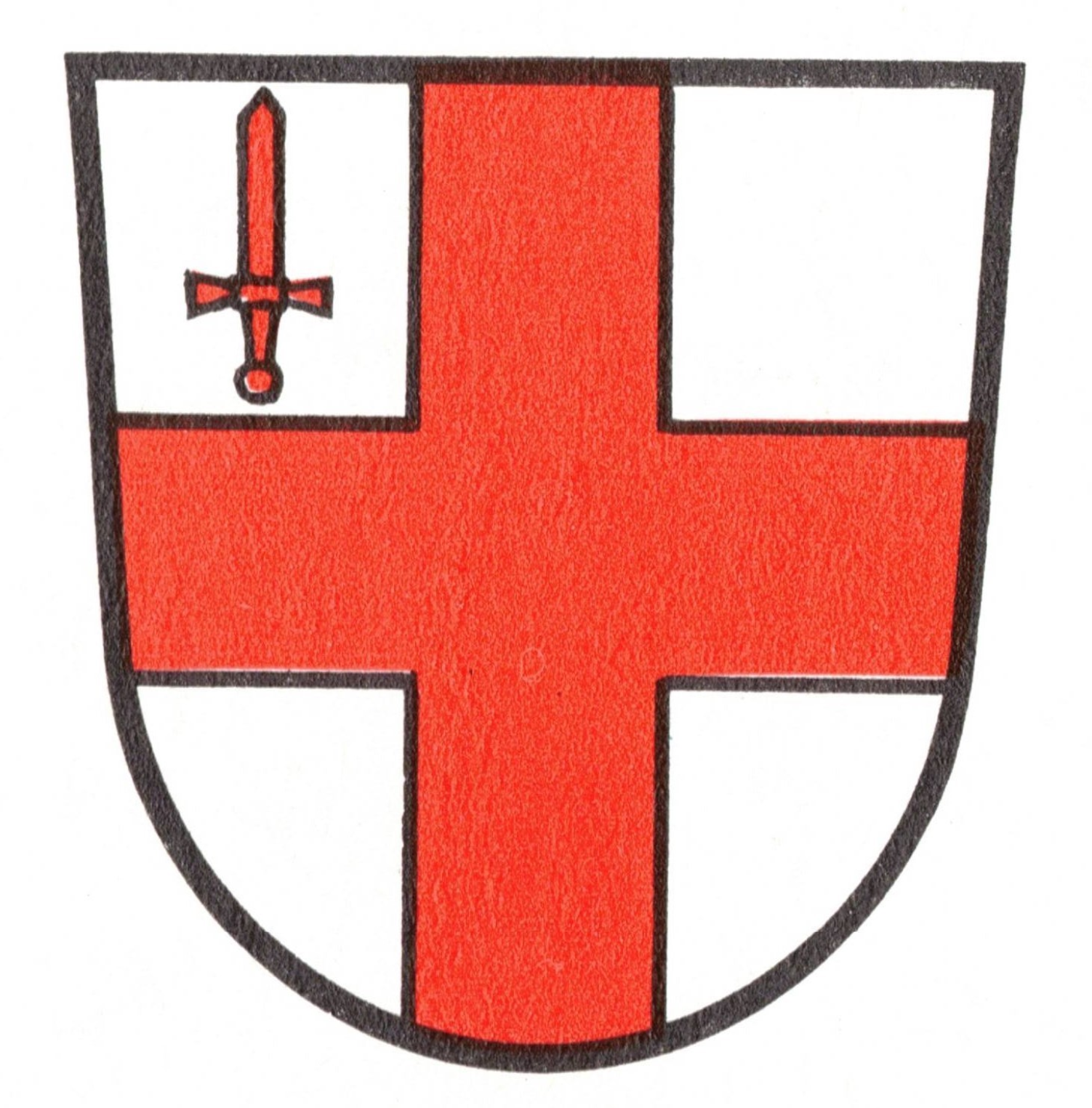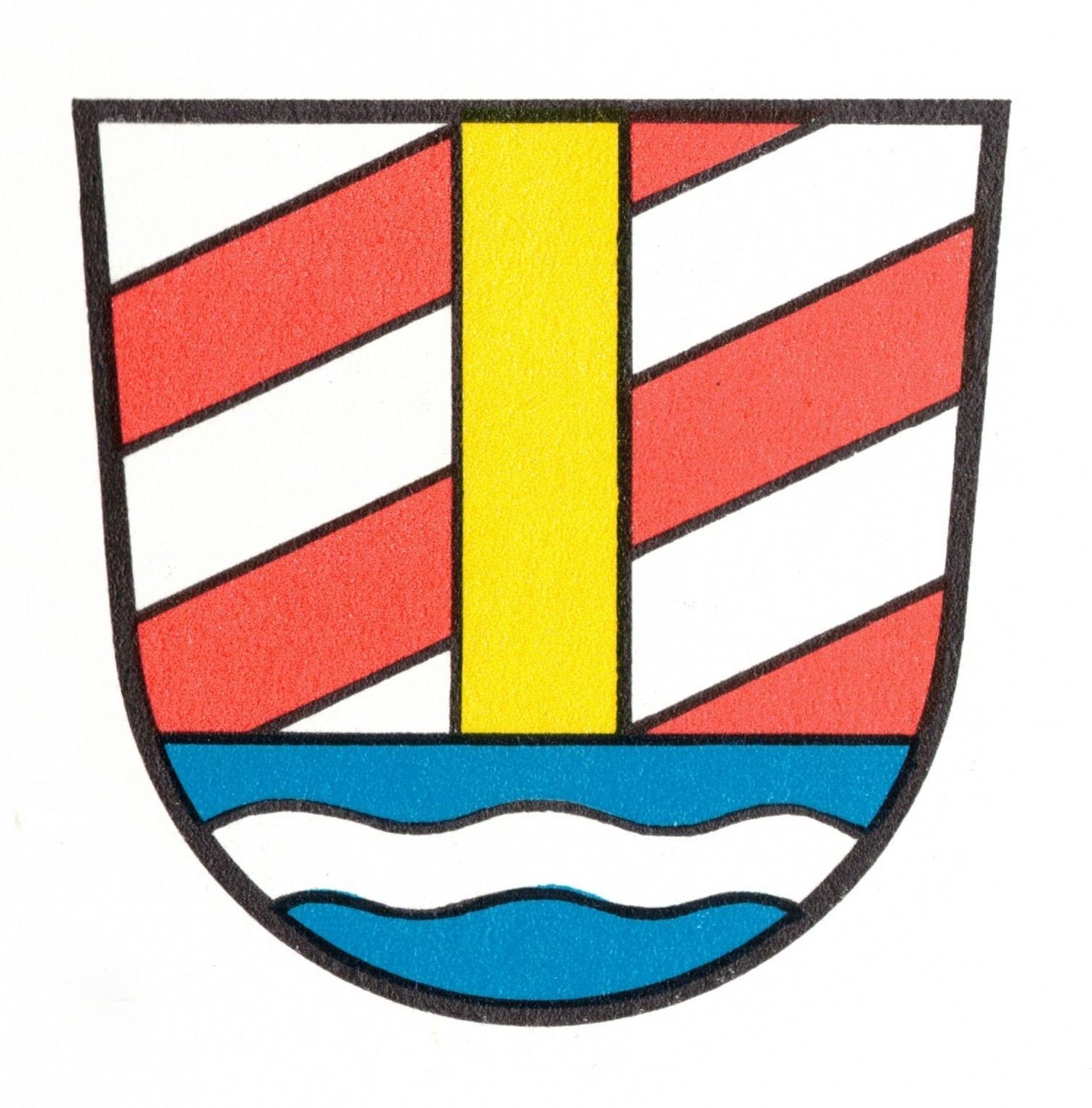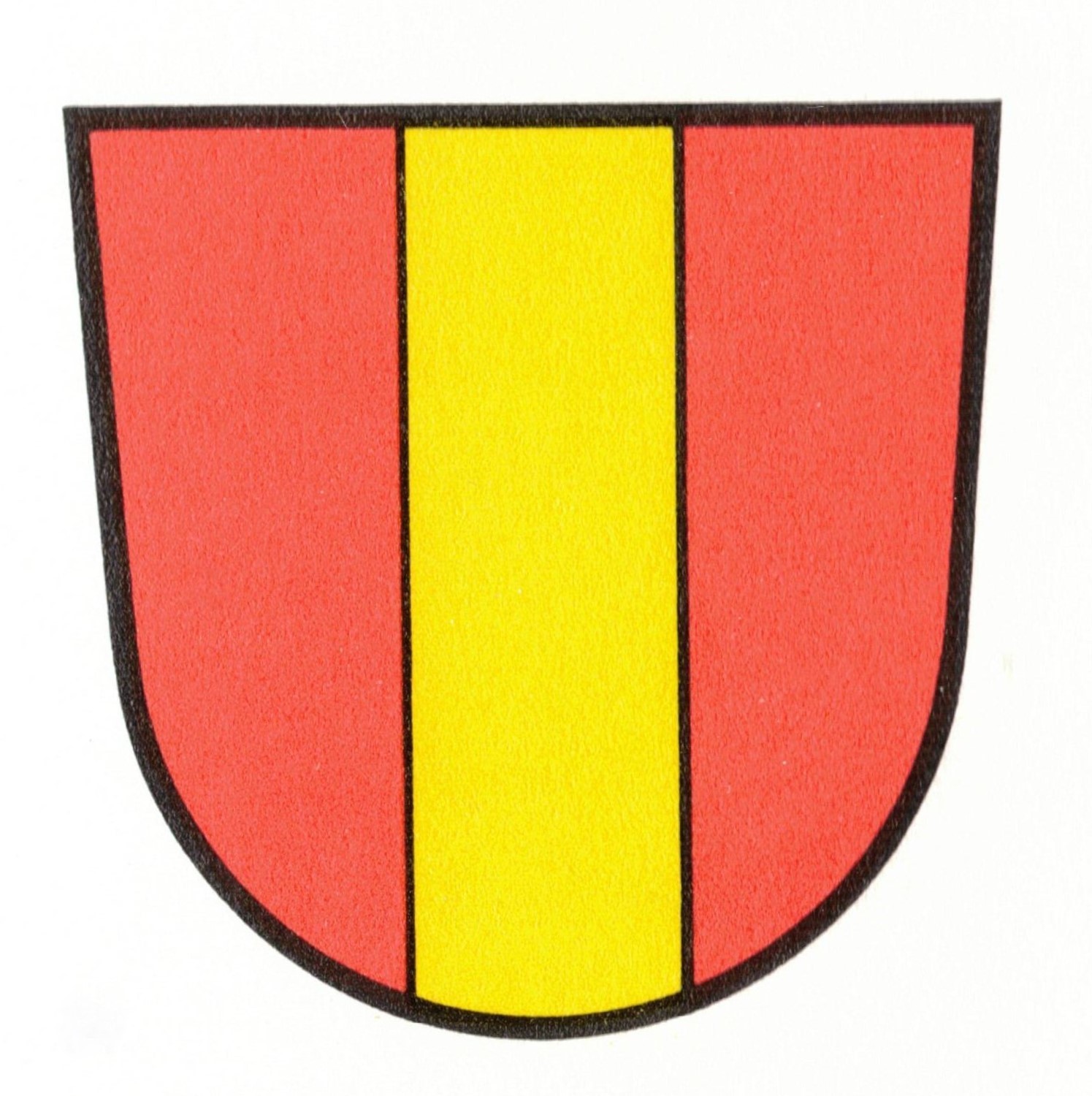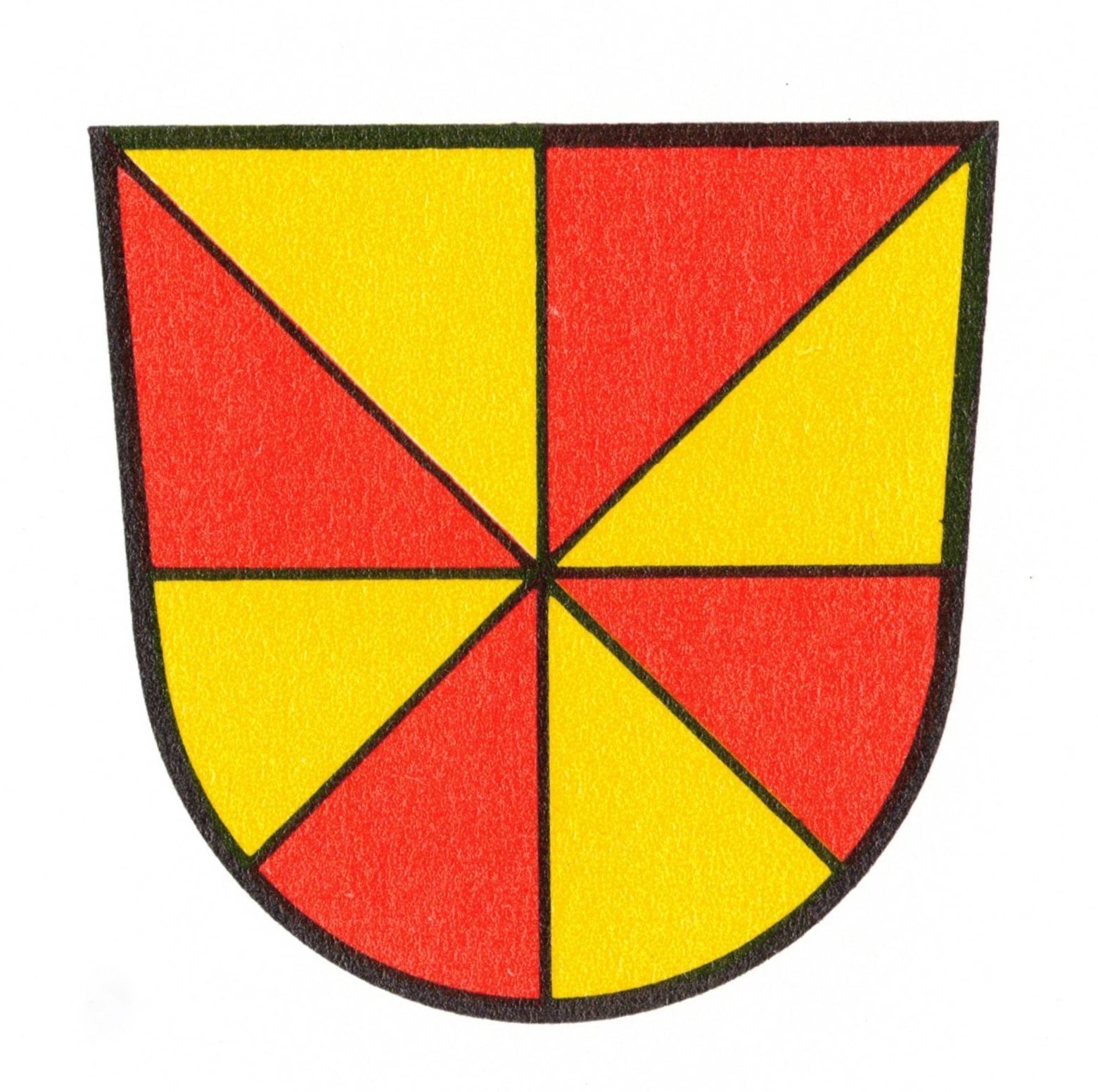The original purpose of a coat of arms was to clearly display a mark of identity which was visible from a distance and could easily be distinguished; it therefore follows that the tinctures, the metals and colours (and furs) used in armory were of the greatest importance.
Many a coat of arms facilitates the accurate identification of armorial devices by using a striking contrast of colours; it is a fundamental rule of armory that metal (gold and silver) shall not be used on metal, and that colour shall not lie on colour, in order to enhance the contrast. The use of geometrically divided fields of a shield will therefore fulfil this basic requirement to a much greater degree than shields which display figures and complex symbols. Thus there are numerous coats of arms without pictorial representations; but you will find none without colours.
The necessary contrast between the different fields of a shield can only be achieved by the use of bright, shining and unstained colours. The use of colours in armory is therefore limited to the four primary colours Gules (red), Azure (blue), Vert (green), and Sable (black), in addition to the two metals Or (gold, often depicted as yellow) and Argent (silver, usually depicted as white).
In any blazon or description of a coat of arms, the metals Or and Argent are indeed indispensable even if in actual practice both metals often have to be replaced by the colours yellow and white, as for example with standards and flags. In addition to the four primary colours, Purpure (purple) is used as a special colour in crowns, in hats of princes and magnates, in armorial coats, and for the lining of helmets.
Skin colour is allowed as the only natural colour for human faces and bare parts of the body; this colour is not subject to the tincture conventions, and may therefore be used lying on metal as well as on colour. Blue-grey, the colour of steel or iron, is the common colour of helmets. The colours brown and grey as well as the dull mixtures of colours used in the period of the Heraldry of Decadence have to be avoided.
One of the oldest rules of armory prescribes the use of one primary colour and one metal only; the use of more, or the use of no colour and no metal at all, was not allowed without a good reason. Every coat of arms must accordingly contain either Or or Argent (gold or silver). As mentioned before, it was also decreed that colour should always lie on metal or be used adjacent to it, and that metal should be placed respectively, in order to achieve an optimal signal effect. This tincture convention applies to all essential components of a full armorial achievement, i.e. to the shield, to the crest, and to the mantling. Deviations, however, cannot be avoided in view of the fact that shields may display combinations of three or more parted and varied fields, and that ‘charges’ (pictorial representations or geometrical figures depicted in relief on a shield of arms) can be added to one or more of these fields, or that a dismembered figure (one whose members are severed but depicted) may be shown on a single tincture.
Meaning of the colours:
The colours were associated with meanings which referred them mostly to (chivalric) virtues:
stands for grandeur, renown, majesty, dignity, and wealth
implies purity, chastity, innocence, wisdom, and happiness
refers to right, strength, bravery, dignity, and love
symbolizes fame, honour, sincerity, faithfulness, and constancy
denotes steadfastness, humility, peace, death, doom, and sadness
If coats of arms have to be presented uncoloured, for example if they are printed in black and white or engraved on silver, their tinctures may best be indicated by a reference to the Petra Sancta system of hatching. The colours of the shield, the crest, the wreath, and the mantling (excluding the colour of the helmet) are then indicated by particular and different hatches. This simple and clearly less artistic method of presenting a coat of arms and its full achievement was developed by engravers at the beginning of the 17th century.
(We would like to take this opportunity to express our thanks to Professor Wilhelm Busse of the Chair of Medieval English Literature and Historical Linguistics at the University of Düsseldorf in Germany for his kind support in translating this text and possible supplements.)
